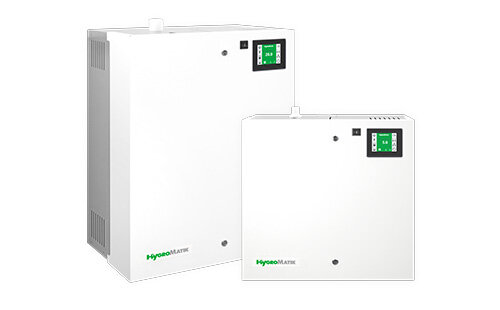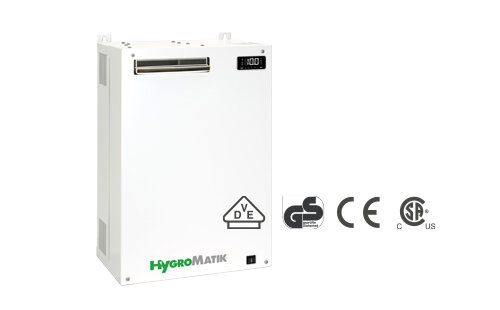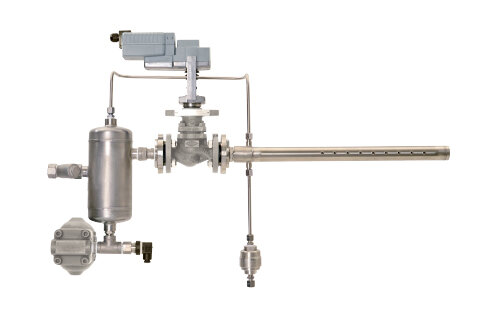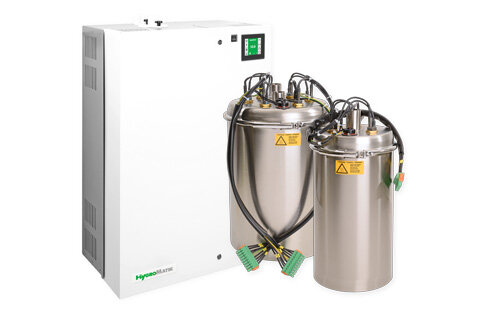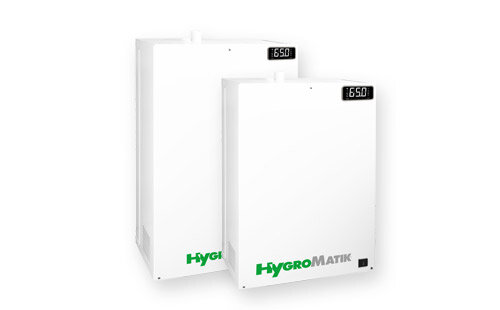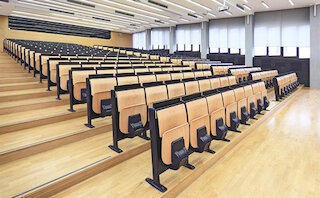Air humidification in hospitals and doctors’ surgeries.
Patient treatment and recovery is the main focus of hospitals and doctors’ surgeries. Creating a healthy environment has a positive effect on the quality of services provided by a medical facility.
Depending on the season, rooms that are affected by relative air humidity must either be cooled or heated. Warming rooms in winter, may decrease the relative air humidity to 10-30% resulting in drying out of skin, lips and eyes which negatively impacts general well-being. It can also affect the function of the mucous membranes in the respiratory channels, providing less effective protection against bacteria and viruses.
If the relative air humidity is too high it can directly impact climate hygienic conditions. Maintaining a value of 40-60% relative humidity is recommended for hospitals and doctors’ surgeries as it prevents the proliferation of bacteria and other biological contaminants.
Temperature and humidity conditions in operating theatres, for example, are regulated according to EU guidelines. Strict hygiene standards require the use of equipment that is easy to clean and extremely reliable to work well with the overall air-conditioning and humidification system.
Humidified air binds dust particles much better than dry air. The reduction of dust deposits and improved air circulation can have a positive effect on the respiratory problems of allergy or asthma sufferers.
Air humidity that is constantly maintained at over 45% relative humidity reduces the risk of electrostatic charge which can damage sensitive operating equipment and even impact a patients’ safety.
Professional air humidification in hospitals and doctors’ surgeries produces the following advantages:
- Improves patient well-being
- Increases employee performance
- Ensures adherence to hygienic conditions
- Complies with strict EU guidelines for operating theatres
- Reduces dust pollution for allergy and asthma sufferers
- Protects against dangerous electrostatic charge



